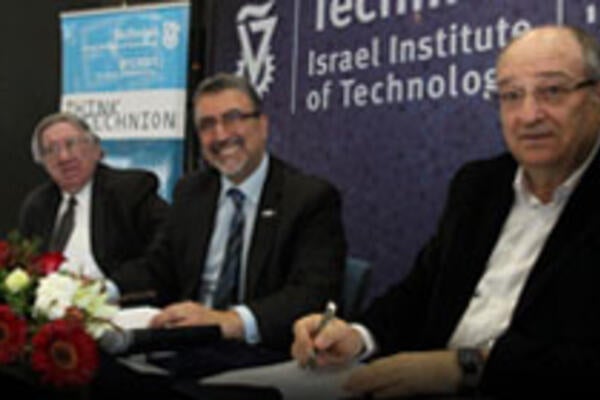
I have a vivid memory from my childhood of visiting Expo ’67 in Montreal and walking into a remarkable multimedia installation at the French Pavilion. To my young eyes and ears, it was a wonderland of lights, sounds and fascinating geometry.
Later in life, I would learn that it was the creation of Iannis Xenakis, a Greek composer, architect, scientist and musical philosopher. I grew to admire his work, from his avant-garde musical compositions to his geometrically daring architecture.
Throughout my studies and my career as a scientist, the work of Xenakis has continued to resonate with me, perhaps now more than ever. His music and art seem to capture and convey many of the fundamental concepts I explore in quantum science — ideas about the power of randomness, unpredictability and creativity.
I never would have imagined, though, that Xenakis — whose daring ideas I first encountered as a child — would have a direct and important connection to my work as Executive Director of the University of Waterloo’s Institute for Quantum Computing.
But that’s exactly what happened this past year, when IQC teamed up with the Kitchener-Waterloo Symphony to create an innovative concert called “Quantum: Music at the Frontier of Science.”
For two evenings last February, the symphony played the concert to sold-out audiences at Kitchener’s Conrad Centre for the Performing Arts. On September 30 — as part of the grand opening celebrations of the Mike & Ophelia Lazaridis Quantum-Nano Centre at the University of Waterloo — we will host the concert again inside the remarkable new building.
With music, visuals and unique “sound experiments,” the concert givesaudiences a guided tour along the parallel paths taken by music and quantum science over the past century. From Mozart to Xenakis — and from Newton to Hawking — the concert explores the many unexpected intersections between music and science.
More than a year of planning went into the concert. KW Symphony Music Director Edwin Outwater spent many hours with IQC researchers and staff, wrapping his head around the concerts. He and IQC communications officer Colin Hunter collaboratively wrote a script for the concert, which is performed during the live concerts by a narrator. During the February performances, I joined Edwin onstage several times to talk about the scientific concepts being expressed through the music.
Creating the concert was a revelatory experience. Too often, it is assumed that science and art are completely separate spheres of human endeavour, but this just isn’t so.
“There are two kinds of truth,” our narrator said during the concert, quoting novelist Raymond Chandler. “The truth that lights the way, and the truth that warms the heart. The first of these is science, and the second is art.”
Science and art share a common goal — to help us understand our universe and ourselves. Research at IQC aims to provide important new understanding of nature’s building blocks, and devise methods to turn that understanding into technologies beneficial for society.Since founding IQC a decade ago, I have sought ways to bridge science and the arts, with the belief that scientific discovery itself is a source of beauty and inspiration. Our collaboration with the Kitchener-Waterloo Symphony was an example — one of many yet to come — of how science and the arts provide different but complementary insights into our universe and ourselves.









